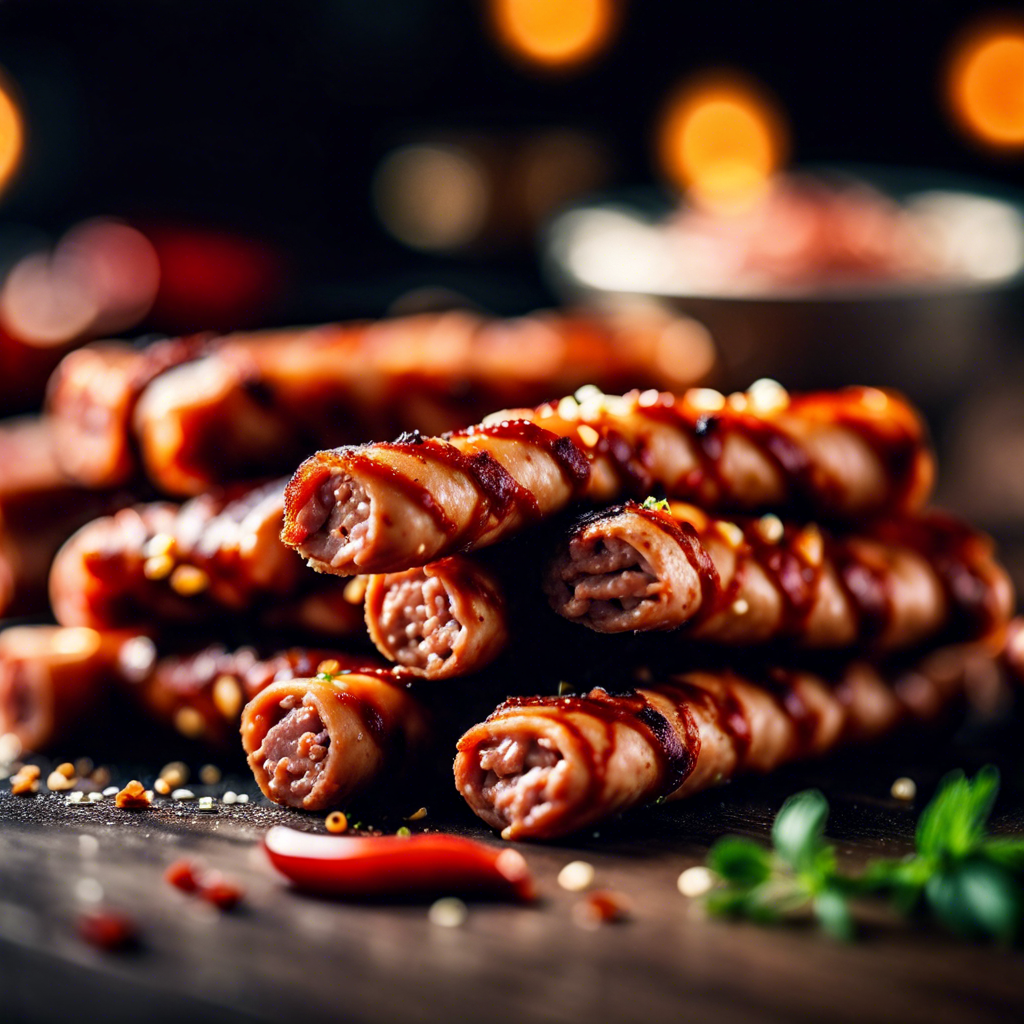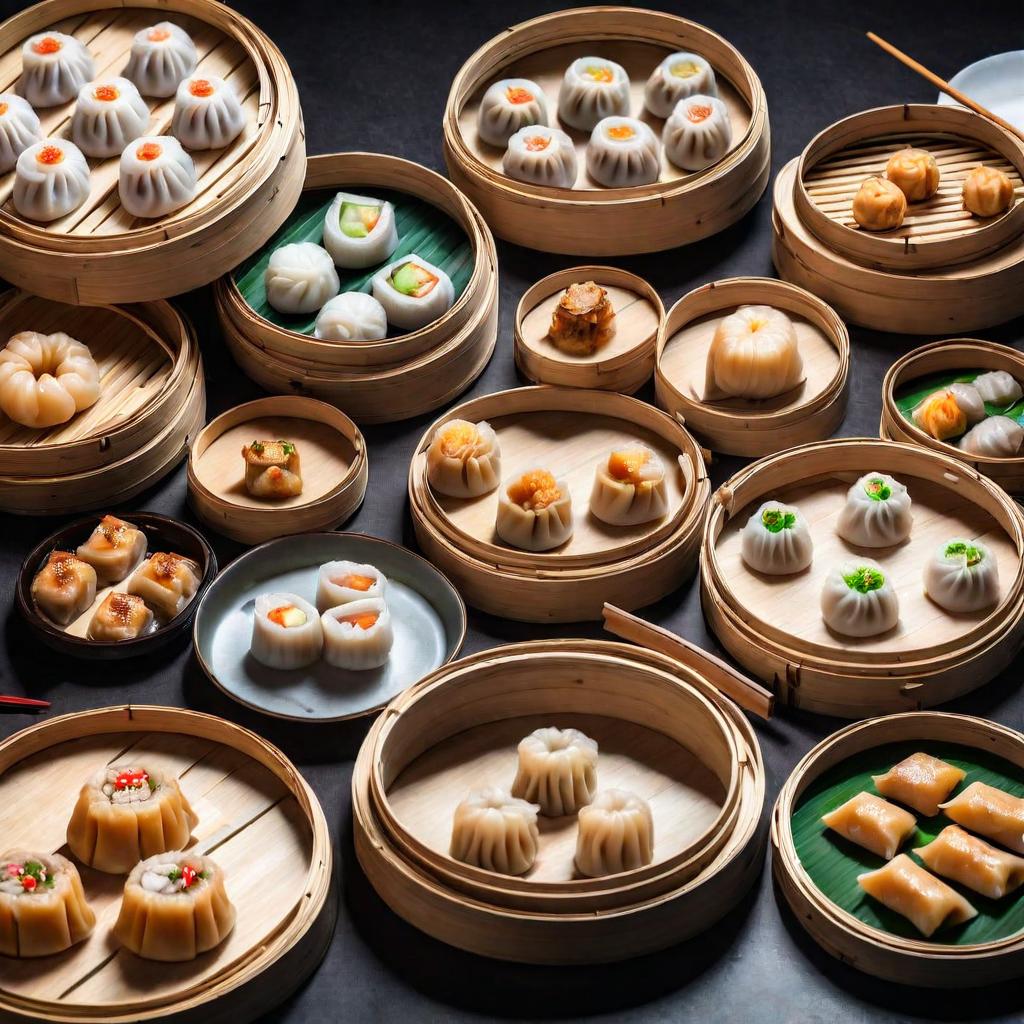Unveiling the Delicious Dynasty: Exploring the Rich History and Flavors of Chow Cuisine

Unveiling the Delicious Dynasty: Exploring the Rich History and Flavors of Chow Cuisine
Chow cuisine, with its tantalizing aromas and bold flavors, holds a captivating place in the world of culinary arts. Originating from the eastern Chinese province of Zhejiang, this regional cuisine boasts a rich history and a unique identity that sets it apart.
A Glimpse into the Past: The Origins of Chow Cuisine
The roots of Chow cuisine can be traced back over a millennium to the ancient kingdom of Yue, which flourished in the Zhejiang region. The fertile lands and abundant waterways of the area provided a diverse array of ingredients that shaped the culinary traditions of the Yue people. Over centuries, these traditions evolved and were influenced by neighboring regions, giving rise to the distinct characteristics we now associate with Chow food.
The Essence of Chow Cuisine: Freshness, Flavor, and Finesse
Chow cuisine is celebrated for its emphasis on using the freshest seasonal ingredients. From the bounty of the sea to the treasures of the land, every element is carefully selected to create a harmonious balance of flavors. The cuisine is known for its delicate cooking methods, which aim to preserve the natural flavors and textures of the ingredients.
One of the defining characteristics of Chow cuisine is its emphasis on umami, the savory fifth taste. This is achieved through the use of ingredients like soy sauce, fermented bean paste, and dried seafood, which add depth and complexity to the dishes.
Signature Dishes: A Culinary Journey Through Zhejiang
No exploration of Chow cuisine would be complete without indulging in some of its signature dishes:
- Dongpo Pork: A melt-in-your-mouth braised pork belly dish named after the renowned Song Dynasty poet and gastronome, Su Dongpo. The pork is slow-cooked until incredibly tender and infused with a rich, savory sauce.
- West Lake Vinegar Fish: A classic Hangzhou dish that showcases the delicate flavors of freshwater fish. The fish is poached and served with a sweet and sour sauce made with vinegar, sugar, and ginger.
- Longjing Shrimp: Fresh river shrimp stir-fried with the region’s famous Longjing green tea. The tea imparts a subtle earthy aroma and a hint of bitterness that complements the sweetness of the shrimp.
- Ningbo Tangyuan: Sweet glutinous rice balls filled with black sesame paste and served in a sweet ginger soup. These chewy and comforting dumplings are a popular dessert in the Ningbo region.
Beyond the Plate: The Cultural Significance of Chow Food
Chow cuisine is more than just a collection of recipes; it is an integral part of the cultural identity of the Zhejiang region. Food plays a central role in social gatherings, festivals, and celebrations, and sharing a meal is seen as an important way to connect with family and friends.
In recent years, Chow cuisine has gained increasing recognition and appreciation beyond its traditional borders. As people around the world discover the unique flavors and culinary artistry of this regional Chinese cuisine, it continues to captivate taste buds and inspire culinary innovation.








